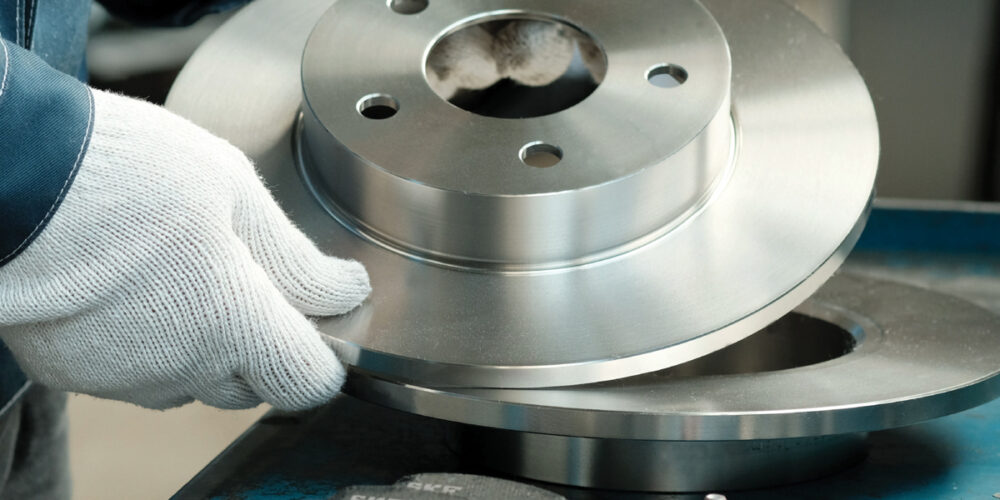40 years of the Mercedes 190
December last year we had the round anniversary of an exceptional car. This vehicle belonged to an extremely prestigious brand and at the same time was its entry into the middle-class segment. This model gave access to the world of the three-pointed star to a new group of customers. In December last year, 40 years passed since the premiere of the Mercedes 190 (W201) – the predecessor of the C-class we know nowadays. During twelve years of production, almost 2 million units of the 190E were sold.
On December 7, 1982, the first 1,200 mid-size sedans with the model name 190E rolled out of the factory in Sindelfingen, Baden-Württemberg, which is placed fifteen kilometers from Stuttgart. It was a kind of response from Daimler-Benz (that was the name Mercedes-Benz until 1998) for such popular models as the BMW 3 Series (E30) as well as the Audi 80.
Designed by legendary designer Bruno Sacco, the vehicle was groundbreaking in many ways. The body of the vehicle itself is even by today’s standards extremely aerodynamic – the drag coefficient is only 0.33 (for comparison, in the case of the Ferrari F40 it is 0.34, and the lower the value, the better).

The so-called “Baby Benz” was also well-regarded for its high degree of passive safety, modern suspension technology and lightweight construction. Mercedes-Benz has specially developed and patented the independent multi-link rear suspension for the 190, in which each rear wheel is supported by five independent wishbones, thus helping to ensure equally high ride comfort and steering precision. For comparison – the closest competition in the form of the BMW 3 Series (E30) had a much simpler design in the form of trailing arms, and moreover, not every version had an anti-roll bar on the rear axle. This type of suspension is now taken for granted in this class of cars, but it was not used in any of the more expensive Mercedes cars at the time, and BMW did not use this technology until the 1989 premiere of the Z1 and 3 Series (E36).

The front suspension is not the most complicated, but it has quite interesting properties. When turning hard, the outside wheel leans in the direction of the turn, increasing the negative camber angle. The inner wheel also leans but in the opposite direction, towards a positive camber. Thanks to this interesting solution, the vehicle has more grip when cornering.
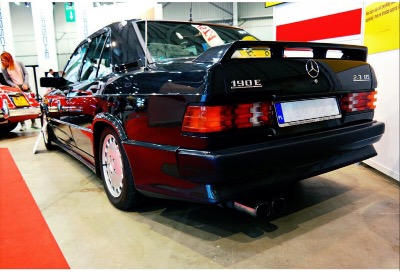
In terms of the front suspension, the diagnosis of faulty suspension ball joint may be a problem. Due to the design solutions used, it is impossible to detect its failure during a typical suspension inspection. The spring pressing on the swingarm eliminates the potential play of this element. Therefore, experienced diagnosticians and mechanics know that this element should be checked in a rather unusual way – most often by prying the rocker arm from the bottom and observing the behaviour of the ball joint itself. It is also an element where special attention should be paid to the condition of the rubber dust cover. If it is damaged, the water gets inside and it might rust. Therefore, there is a good chance that it will not work properly, which may lead to its breaking. At this point, it is worth raising another interesting aspect of the suspension of Baby Benz. During the low movement speeds, the greatest forces are implied on this ball joint, e.g. during parking manoeuvres. That’s when the pin most often breaks. Nevertheless, it is worth checking the condition of this element regularly because it is responsible for our safety.
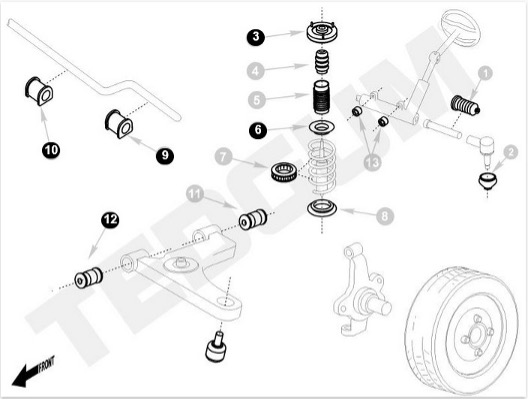
Front suspension diagram of Mercedes 190 (W201)
The top versions of the Mercedes 190 were equipped with 16-valve engines, 2.3-16V and 2.5-16V, respectively. The latter had two versions – the first incarnation had from 195 to 204 HP (developed at 6750 rpm, depending on whether it is a version equipped with an exhaust gas catalyst or not). The later version was more powerful – it developed 235 (at a fairly high speed for a vehicle from Stuttgart – 7200 rpm). Both the 2.3-16V and 2.5-16V could be equipped with self-leveling suspension for the front and rear axles.
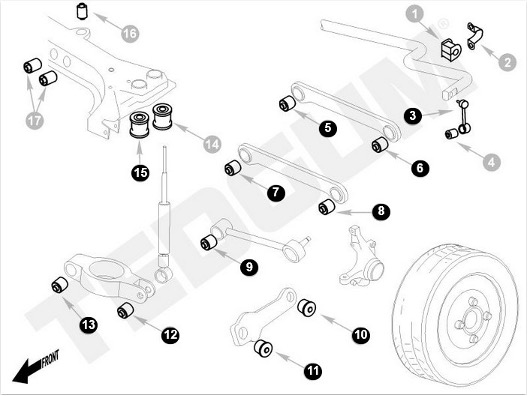
Rear suspension diagram of Mercedes 190 (W201)
It is also worth mentioning the Sportline versions, which had specially prepared suspension for a more sporty driving. While the suspension system itself and technical solutions have remained unchanged, so have the most of the components, the 16V versions had a 2 mm thicker anti-roll bar at the front and at the rear. Moreover, the vehicles were equipped with lower and stiffer springs and shock absorbers. Further differences included a different steering ratio, differences in interior equipment, as well as distinctive Sportline badging in the form of an emblem on the fenders.
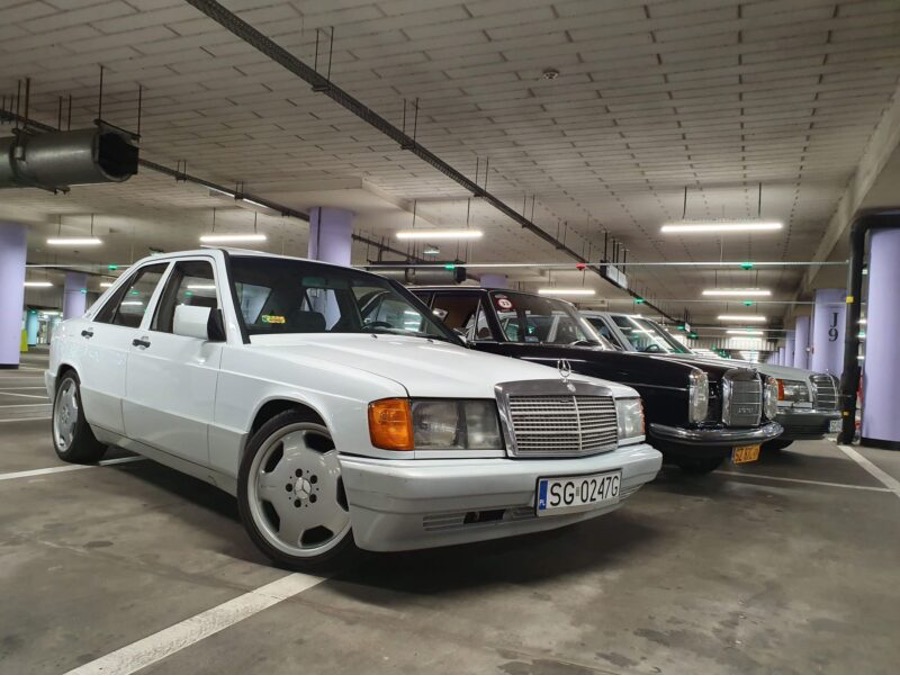
The suspension structure itself – despite its rather complicated construction – is durable, but it should be borne in mind that this is a vehicle whose youngest models are about 30 years old. Changeable weather conditions, everyday hardship of operation, as well as salt on the roads during the winter can cause rubber elements to become brittle and require replacement. In addition to the standard suspension check, it is also worth paying attention to the condition of the rear axle carrier bushing. If they are torn off, the vehicle will not drive reliably when cornering, and excessive body roll may occur.

00419088 – Rear suspension bushings kit – Mercedes 190E (W201)
Although Mercedes drivers choose a rather more dignified driving style, it is also worth checking the condition of the rubber joints connecting the drive shaft with the gearbox, as well as the one connecting the drive shaft with the differential. These elements, as well as the vehicle itself – despite the general solidity, have already been through many years.

00415901 – Rubber flex disc — Mercedes 190E (W201)
Our offer also includes parts for this iconic model. Please visit our catalogue at: https://katalog.tedgum.pl/en/MERCEDES/190-CLASS-C


